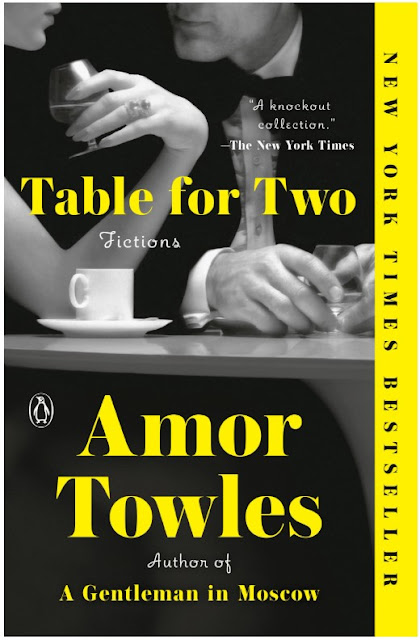Mark of great writing is when you can imagine a scene so vividly that after a while, you start doubting whether it was from a book or a movie—or even a real-life experience. Especially when you are reading another book, and a scene from that earlier book plays in your mind like a movie and then shapes how you imagine the current book’s scene.
For example, in one of James Hadley Chase’s books, a couple
of crooks rob a casino. I read that about a year ago. Now, as I am reading Amor
Towles’ Table for Two, there is a novella where a character robs a
casino, and I imagined it in Chase’s prose. It is also because of the vivid
nature of stories set in Los Angeles.
Chase’s books are pulp fiction. But iconic pulp fiction.
Towles’ writing is good literature. And I am sure that sometime later, I will
experience Towles’ prose like a movie too, when I am reading another heist
story.
Table for Two is a wonderful collection of short
stories and a novella. They are characterized by Towles’ evocative prose, rich
in history and culture, and written with subtle humour. Towles evokes the sense
of the cities his stories are set in beautifully. Reading the ones set in New
York in the 90s evokes a deep sense of nostalgia.
For someone who has not visited New York at the time of reading, the nostalgia I am referring to is the one shaped by consuming great New York stories—like The Fountainhead by Ayn Rand, The Great Gatsby by F. Scott Fitzgerald, and from movies like The Godfather and TV shows like Mad Men.
I loved the evocation of the old bookseller who inhabits the literary world in The Ballad of Timothy Touchett, and the simple optimism of Pushkin in The Line. Both are amazing and touching stories. But my favourite was The DiDomenico Fragment, which is brilliant in its description of old money in New York and the art world.

No comments:
Post a Comment